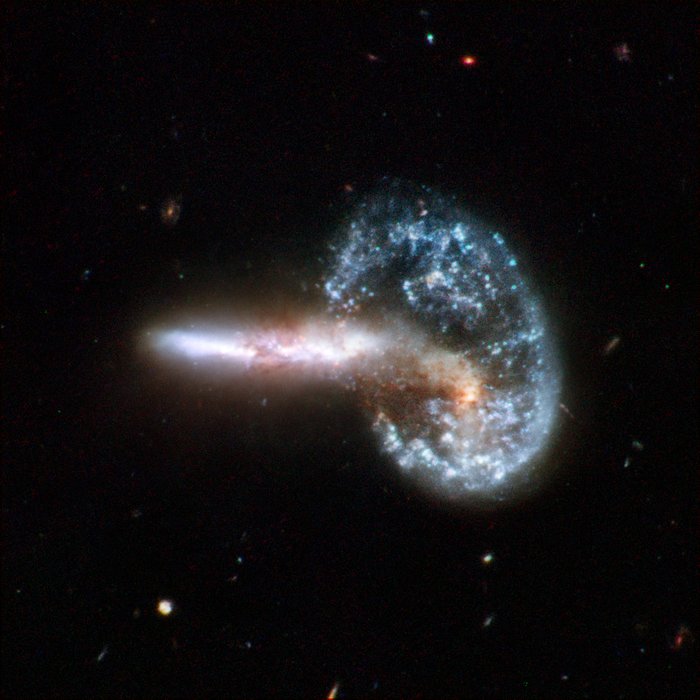The historic Crossley reflector has been described as “the worst best telescope”. Its history dates back to 1879 where it was located in the backyard of Andrew Ainslie Common’s home in the Ealing district of west London, England. Common was an English amateur astronomer, who perhaps like many of amateur astronomers, suffered from a severe case of aperture fever.
For many years, Common used an 18 inch Newtonian reflector mounted in a shed built in his backyard in Ealing. Eventually, aperture fever took over and he commissioned the building of a 36 inch reflector of his own design and implementation, also installed in his backyard in Ealing, England. The optics of this telescope were outstanding, however the mechanical design showed a lack of engineering skill by Common. The primary mirror was mounted ahead of the vertical axis which caused a balance issue with the telescope, necessitating the use of counterweights. Strangely, Common used a polar axis design that used liquid mercury in its bearing mechanism, causing a mechanical and now recognized environmental issue. Mechanically, the telescope was awful. But Commons was able to perfect astrophotography techniques with this telescope.
The telescope was sold to British politician Edward Crossley in 1886, who operated the telescope until 1895. Crossley built a new dome enclosure to protect the telescope and observers from the harsh Halifax, England weather. But this climate was far from ideal for observation.
After about 10 years, Crossley donated both telescope and dome to Lick Observatory, where it was put into operation in 1896. Lick Observatory director James Keeler had the Crossley re-engineered mechanically by replacing the original mercury bearing mount with a conventional equatorial cross-axis mount. Director Keeler then put the Crossley to good use by producing early astro-photographs of “nebulae”, those fuzzy-looking areas in the night sky, not knowing that the future 100 inch Hooker telescope at Mt. Wilson would be used to discover many “nebulae” that were actually galaxies.
An example of the discoveries by the Crossley is Arp 148 was discovered by American astronomer Nicholas U. Mayall of the Lick Observatory, using the Crossley reflector. Arp 148, nicknamed “Mayall’s object” and is located in the constellation of Ursa Major, the Great Bear, approximately 500 million light-years away. Arp 148 is the aftermath of an encounter between two galaxies, resulting in a ring-shaped galaxy and a long-tailed companion. The collision between the two parent galaxies produced a shockwave effect that first drew matter into the centre and then caused it to propagate outwards in a ring. The elongated companion perpendicular to the ring suggests that Arp 148 is a unique snapshot of an ongoing collision. Infrared observations reveal a strong obscuration region that appears as a dark dust lane across the nucleus in optical light.
